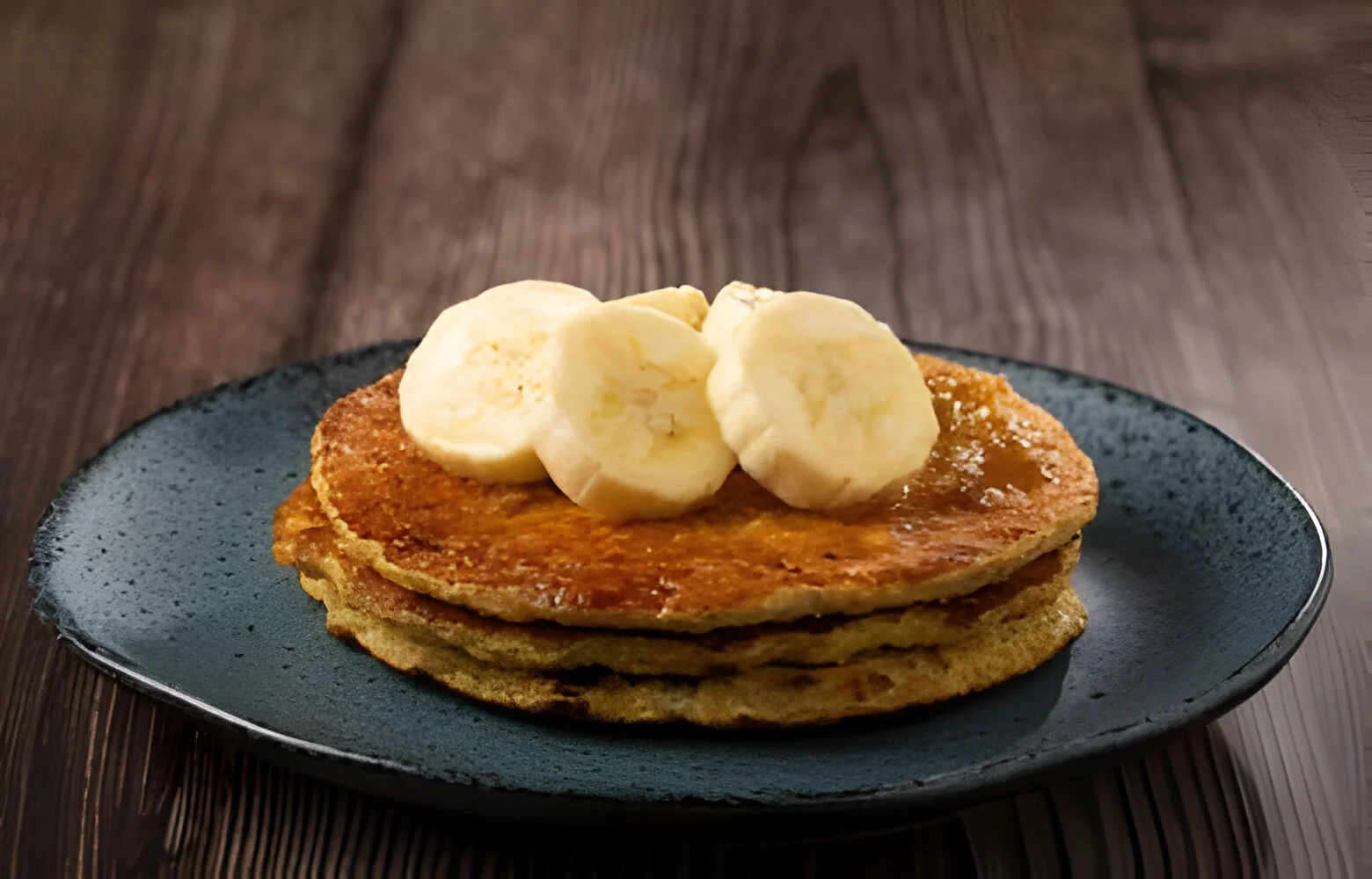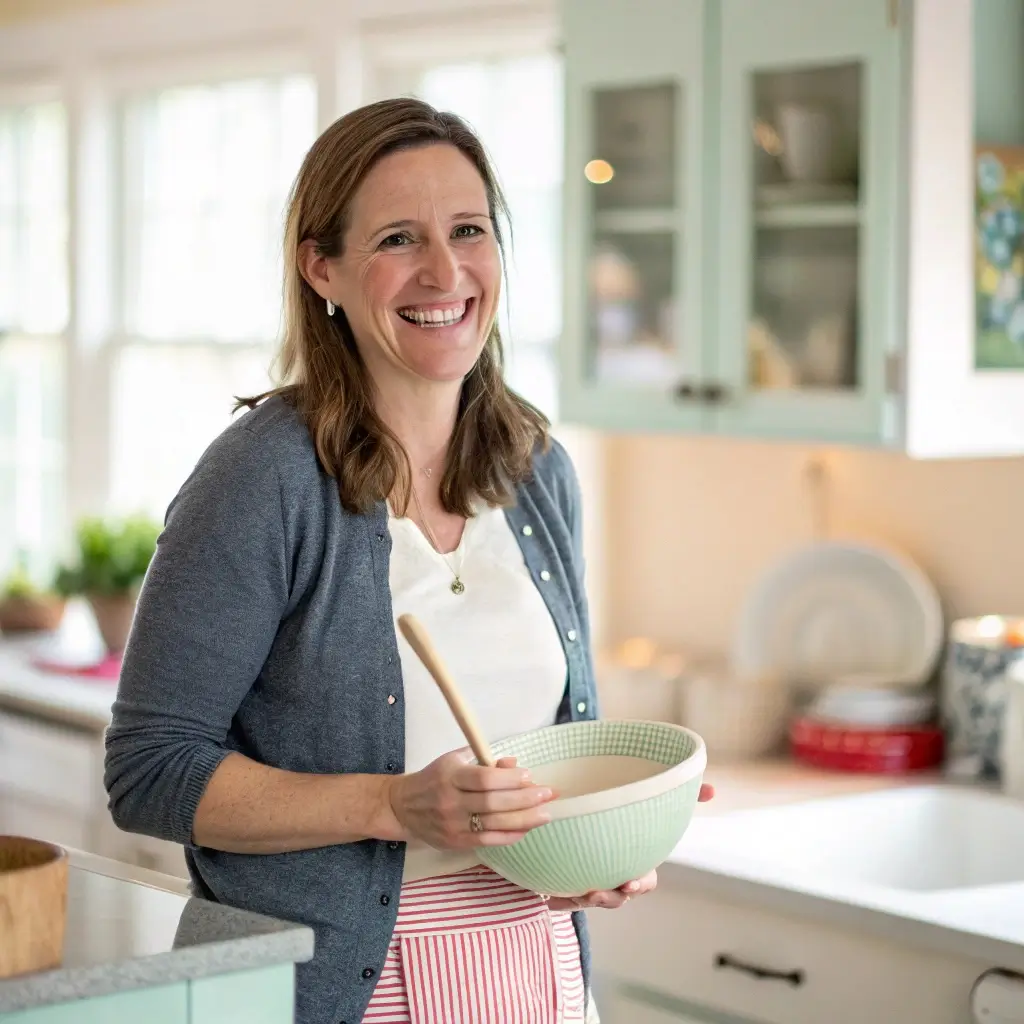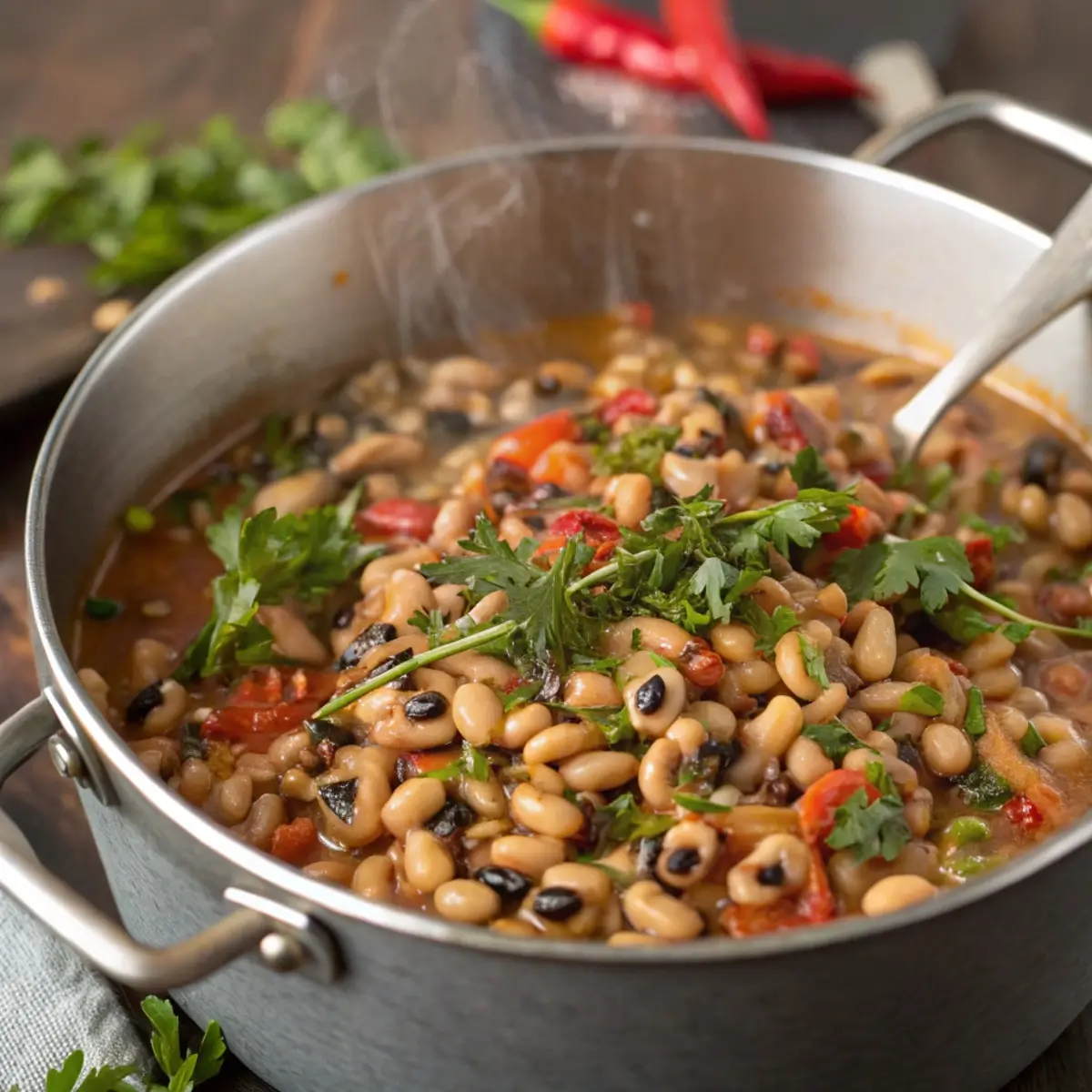Table of Contents
Ah, oat pancakes! These little wonders promise a hearty, nutritious start to any day. But, there’s a catch – sometimes, they just don’t stick together as we’d hope. Ever found yourself asking, “Why do my oat pancakes fall apart?” Well, you’re not alone. In this deep dive, we’ll explore the nitty-gritty of making the perfect oat pancake that stays intact from skillet to plate. Get ready for some game-changing tips and tricks that will revolutionize your breakfast game!
Introduction to Oat Pancakes
Oat pancakes are a delightful twist on the traditional pancake, offering a gluten-free and heart-healthy alternative that many swear by. Packed with the goodness of oats, these pancakes are not just a treat to your taste buds but also a boon to your health. Yet, the joy of making them can quickly turn into frustration when they crumble and fall apart in the pan. It begs the question, “Why do my oat pancakes fall apart?”
Understanding the science behind what makes pancakes stick together is key. It all boils down to the balance of ingredients and the technique. Yes, the humble pancake has its complexities. From the type of oats used to the ratio of liquid, each element plays a pivotal role in the pancake’s structural integrity. Not to mention, the cooking temperature and even the way you flip them can make or break your breakfast masterpiece.
But fear not! Once you grasp the basics of oat pancake composition and master a few tricks of the trade, you’ll be flipping those flapjacks like a pro, marveling at their perfect form and texture. Let’s embark on this journey to pancake perfection together, turning those crumbling cakes into triumphs of culinary skill. Get ready to say goodbye to the days of asking, “Why do my oat pancakes fall apart?” and hello to mornings filled with delicious, fluffy pancakes that hold together beautifully.
The Science Behind Pancake Consistency
Diving into the world of pancakes, especially the oat variety, is like stepping into a science lab. Here, every ingredient you whisk into your batter plays a critical role in determining whether your breakfast will be a hit or a crumbly mess. So, let’s unravel this culinary mystery together and turn your pancake fiascos into flawless victories.
Ingredients Interactions
At the heart of a well-structured oat pancake is the harmony between wet and dry ingredients. Oats, being the star of the show, need careful consideration. Unlike their all-purpose flour cousins, oats bring a chewy texture and a need for more binding agents. This is where eggs, bananas, or applesauce step in as indispensable allies. These binders work their magic by holding the oats together, giving your pancakes that desired elasticity and firmness. Remember, the goal is a pancake that’s tender yet sturdy enough to withstand the flip.
Common Mistakes in the Batter Mix
The journey from batter to pancake is fraught with potential pitfalls. Overmixing, for instance, is a common culprit behind tough, rubbery pancakes. While gluten formation is a non-issue with oat pancakes, overzealous mixing can still lead to dense and heavy results. The trick is to mix just until the dry and wet ingredients are combined, allowing for a few lumps to remain. This gentle approach ensures your pancakes are light and airy, rather than compact and unyielding.
Another pitfall lies in the batter’s consistency. Too thick, and your pancakes will be dense and undercooked inside. Too runny, and they’ll spread too thin and break apart. Achieving that perfect batter consistency is akin to finding the holy grail of pancake making. It should pour off the spoon smoothly but still hold its shape on the griddle. This is the secret to pancakes that are not only delicious but also structurally sound.
In the end, understanding the science behind pancake consistency is your ticket to never having to wonder, “Why do my oat pancakes fall apart?” again. With a little know-how and a lot of love, every batch of oat pancakes you make will be a testament to your culinary prowess. So, grab your spatula and let’s make those pancake dreams a reality, one flip at a time.
Top Reasons Your Oat Pancakes Aren’t Holding Together
Cracking the code to the perfect oat pancake that doesn’t fall apart is about troubleshooting common issues that many face. Let’s delve into the reasons why your oat pancakes might be breaking up and how to fix them for good.
Insufficient Binders
One of the key challenges with oat pancakes is ensuring they have enough binders to keep them together. Oats, inherently less sticky than flour, require a little extra help. If your pancakes are disintegrating before your eyes, it might be time to reassess your binder choice. Eggs, for instance, are fantastic for adding structure and elasticity, making them a go-to for many pancake recipes. For those venturing into vegan territories, bananas and applesauce are not only great binders but also add a touch of sweetness. Remember, the right amount of binder is crucial – too little, and your pancakes may fall apart; too much, and you might end up with a dense, cakey texture.
Wrong Type of Oats
Not all oats are created equal, especially when it comes to pancakes. The type of oats you use can significantly impact the texture and integrity of your pancakes. Rolled oats, with their larger, flatter shape, offer a chewier texture and require soaking to soften. Quick oats, on the other hand, are more processed and break down easier, creating a smoother batter but potentially less structural integrity. Steel-cut oats are generally too coarse for pancakes and can result in a gritty texture. For a balanced approach, finely ground or blended rolled oats provide a good compromise between texture and cohesiveness.
Inadequate Resting Time
Patience is a virtue, especially when it comes to pancake batter. Allowing your oat pancake batter to rest is a step many overlook, yet it’s crucial for achieving pancakes that hold together. During the resting period, the oats absorb moisture, swell, and soften, which helps to bind the batter. A good 10-20 minutes of rest can make all the difference in achieving pancakes that are both fluffy and sturdy. Additionally, resting allows any air bubbles formed during mixing to dissipate, reducing the risk of pancakes falling apart when flipped.
By addressing these common pitfalls – from ensuring adequate binders and selecting the right type of oats to allowing your batter sufficient resting time – you’re well on your way to oat pancake perfection. No longer will you have to ponder, “Why do my oat pancakes fall apart?” Instead, you’ll be enjoying breakfasts filled with whole, hearty pancakes that stay intact from pan to plate. So, whip out that apron and get ready to make oat pancakes that are not only delicious but also beautifully whole.
Find out: Oat Pancakes Good For You?
Tips for Perfect Oat Pancakes Every Time
Achieving pancake perfection, particularly with oats, may seem like a culinary conundrum. Yet, armed with the right techniques and know-how, you’ll be whipping up impeccable oat pancakes in no time. Here are some foolproof tips to ensure your oat pancakes are a success every single time.
Ideal Batter Consistency
Finding the perfect batter consistency is akin to striking gold in the pancake world. It’s the linchpin for pancakes that are not only delicious but structurally sound. Your batter should be thick enough to hold together yet fluid enough to pour and spread into a round shape gently. If it’s too thick, don’t hesitate to add a splash of your liquid ingredient—be it milk, almond milk, or water—until you achieve the desired consistency. Conversely, if the batter is too runny, a bit more ground oats can help thicken it. Remember, the perfect batter is smooth and has a pourable consistency that holds its shape on the griddle.
Cooking Temperature and Time
Mastering the art of pancake cooking involves nailing the right temperature and timing. The griddle or pan should be hot enough to sizzle a drop of water, yet not so hot that the pancakes burn on the outside before cooking through. A medium-low heat tends to work best, allowing the pancakes to cook evenly and develop a golden-brown exterior without the risk of burning. Patience is key; let each side cook until bubbles form and the edges look set before flipping. This usually takes about 2-3 minutes per side. Keeping an eye on your pancakes and adjusting the temperature as needed will ensure they come out perfectly cooked every time.
Flipping Techniques
The flip is perhaps the most daunting aspect of pancake making, yet it’s essential for intact, evenly cooked pancakes. The secret to a successful flip starts with the spatula—a wide, thin spatula is best for getting under the pancake without breaking it. Wait until the edges of the pancake are firm and bubbles have formed on the surface. Then, gently slide the spatula under the pancake, lift it slightly to check if it’s golden brown, and with a swift yet controlled motion, flip it over. Avoid flipping it multiple times, as this can deflate the pancake and affect its texture. With practice, your flipping technique will become second nature, resulting in perfectly cooked pancakes every time.
By adhering to these tips—ensuring the ideal batter consistency, mastering the cooking temperature and time, and perfecting your flipping technique—you’ll transform your oat pancake-making endeavors from frustrating to fabulous. No more pondering, “Why do my oat pancakes fall apart?” Instead, you’ll be the proud creator of oat pancakes that are fluffy, golden, and beautifully intact, ready to be topped with your favorite ingredients and savored. So, let’s put these tips into action and make your next batch of oat pancakes the best yet!
Elevating Your Oat Pancakes: Advanced Tips and Variations
Now that you’ve mastered the basics of creating oat pancakes that don’t fall apart, it’s time to elevate your pancake game to the next level. Here, we’ll explore some advanced tips and tasty variations that can add a whole new dimension to your oat pancakes, making them not just a breakfast item but a gourmet delight.
Adding Flavors and Nutrients
Oat pancakes shine in their adaptability. You can boost flavor and health benefits by adding various ingredients. For instance, a scoop of protein powder makes a great post-workout meal. Also, chia seeds can increase omega-3 intake. Spices such as cinnamon, nutmeg, and vanilla add flavor depth. Moreover, berries, apples, or bananas bring sweetness and vitamins. Therefore, these add-ins enhance taste and nutritional value. Furthermore, they introduce appealing textures and colors to your dish.
Gluten-Free and Vegan Options
Catering to dietary restrictions doesn’t mean compromising on taste or texture. For a gluten-free version, ensure your oats are certified gluten-free to avoid cross-contamination. Almond milk, soy milk, or oat milk can easily substitute dairy milk, offering a plant-based alternative without altering the consistency of your batter. Flax eggs—a mixture of ground flaxseed and water—can replace chicken eggs, serving as an excellent vegan binder that also adds fiber. These simple swaps allow everyone to enjoy delicious oat pancakes, regardless of dietary preferences or restrictions.
By experimenting with these advanced tips and variations, your oat pancakes can transform from a simple breakfast staple into a culinary canvas, ready to be customized with your favorite flavors and ingredients. Whether you’re seeking to boost their nutritional profile or simply spice up your breakfast routine, the possibilities are endless. With a little creativity and a willingness to try new combinations, your oat pancakes will not only stay intact but also become a highlight of your culinary repertoire.
Dive into oat pancake making. Each batch is a chance to try new flavors, textures, and ingredients. You won’t wonder why your pancakes fall apart anymore. Instead, you’ll think about new twists to add. Explore the delicious world of oat pancakes. Discover the endless possibilities that await.
Looking for more pancake tips? Check out this guide to making the perfect fluffy pancakes.
Frequently Asked Questions
In our journey to perfect oat pancakes that don’t fall apart, numerous questions may arise. Here are some of the most frequently asked questions, along with their answers, to help you navigate the nuances of oat pancake preparation and ensure your culinary success.
Why do my oat pancakes fall apart when flipping?
The most common reasons include a lack of sufficient binders (like eggs or banana), incorrect batter consistency, or improper cooking temperature. Ensure your batter isn’t too runny or too thick, use enough binders to hold the ingredients together, and cook on a medium-low heat for the best results.
Can I make oat pancakes without eggs?
Absolutely! For a vegan option, bananas, applesauce, or a flax egg can serve as excellent binders in place of eggs. These alternatives not only keep the pancakes together but also add moisture and flavor.
How can I make my oat pancakes fluffier?
To achieve fluffier oat pancakes, consider adding a leavening agent like baking powder to the batter. Also, letting the batter rest for a few minutes before cooking allows the oats to soak up the liquid and the leavening agent to activate, contributing to a lighter texture.
Is it possible to make oat pancakes with steel-cut oats?
While steel-cut oats are typically too coarse for pancakes, resulting in a gritty texture, you can blend them into a finer consistency before adding them to your batter. However, rolled oats or quick oats are generally preferred for a smoother texture and better cohesion.
How do I know when it’s time to flip the pancakes?
Look for bubbles forming on the surface of the pancake and the edges starting to look set and slightly dry. This is a good indicator that the bottom has cooked and it’s time to flip. Remember, a gentle touch and a confident flip are key!
Can oat pancakes be made ahead of time?
Yes, oat pancakes are great for meal prep! Cook them as usual, allow them to cool, and then store them in an airtight container in the refrigerator for up to a week, or freeze them for longer storage. Reheat in a toaster or microwave when ready to eat.
How can I add more protein to my oat pancakes?
Adding protein powder is an easy way to increase the protein content of your oat pancakes. Alternatively, serving them with Greek yogurt, nut butter, or a side of eggs can also boost the overall protein of your meal.





